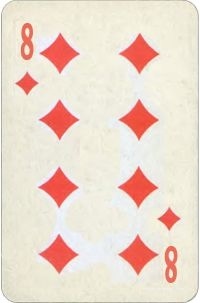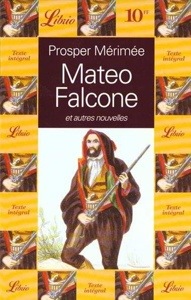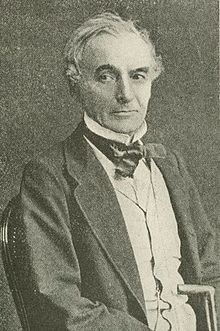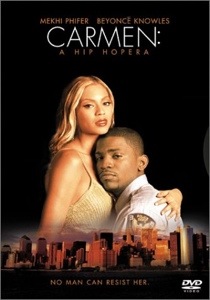
It’s week forty-six and I drew the seven of hearts. This is my second story from this author for this year’s Deal Me In short story reading challenge. I wrote about her “Undressing the The Vanity Dolls” earlier this year, and it remains a strong contender for my favorite DMI story of 2014. I read, ad hoc, another story of hers this year titled, “The Birth of Water Stories,” and was blown away by that one too. The story “Fado” was not as moving as those other two (that, admittedly, set the bar quite high) but I continue to enjoy getting acquainted with this author.
Plus I learned a new word from this story’s title. 🙂 Do you know what a “Fado” is? I do (now). It’s “a plaintive, Portuguese folk song.” It’s a perfect title for this “cover story” of the collection, and seems appropriate for the collection as a whole too. I also learned what a “wish ribbon” was. One of the characters in this story puts great stock in their efficacy. Primarily, I believe, a Brazilian tradition, the wish ribbon enters this story when Xica is at the post office to pick up a ribbon “do Nosso Senhor de Bonfim” sent from that country by her cousin. How are they supposed to work? “Wrap the wish ribbon around the wrist, and make 3 knots, making a wish for each of the 3 knots tied. Once the Brazilian Wish Bracelet falls off the wrist on its own, it is believed that the 3 wishes will come true.”
In this story, “Xica” is the neighbor and ’surrogate grandmother’ of the young female narrator. Xica has endured many hardships and the worst of them is that her bright and promising son Manuel has been rendered mute and apparently brain damaged by an auto accident. Compounding the problem is that Manuel’s young and beautiful wife, Marina, has lost interest in him because of the accident, where Xica feels she should be supporting him “in sickness and health” as the vows go.
Xica is one of the more interesting characters I’ve met during this year’s Deal Me In reading. I was particularly amused by the fact that she kept an “ofensa ledger” wherein she catalogs the sins of those around her and proposes appropriate punishments. She knows that keeping such a register is God’s job but feels that “once again, He was asleep.” Much of her grit, and unfortunately, her superstition and vengefulness as well are passed on to her surrogate granddaughter, Rosa.
The last few pages of the story feature an accelerated recap of Rosa’s growing into a woman after Xica has passed on. I believe it is in these chapters that we see how Rosa has applied what she learned from Xica’s somewhat unique approach to life. We see her through her fist sexual encounter “Sex happens the way a pearl is formed. It begins with a grain or parasitic worm that itches in the soft lining until the entire animal buckles around it. With enough slathering it will relax into a gem.” Not bad, huh?
Rosa even later makes peace with Marina and tends to her when she becomes sick, leaving us with our other “take away” from the story: Rosa tells us, “Here is the seal from which all grace comes: We must create Pietas in order to live. Flesh that is torn, flesh that is dead or dying, even as it is rotting through your fingers – hold it next to your heart. Find ripe and tender flesh too, and hold it in your arms, because your life depends on it. Hold it for as long as you can, and ask for its blessing.”
Below: Michelangelo’s “Pieta”

Okay, so after reviewing the story in accompaniment of writing this post, I’ve decided that I like this story almost as much as the other anyway. 🙂 There is some powerful stuff in these thirteen pages.
Have you read Kahteirne Vaz before? I can unreservedly recommend her.
Only six stories left to read for DMI 2014!

39.667765
-86.070575



























